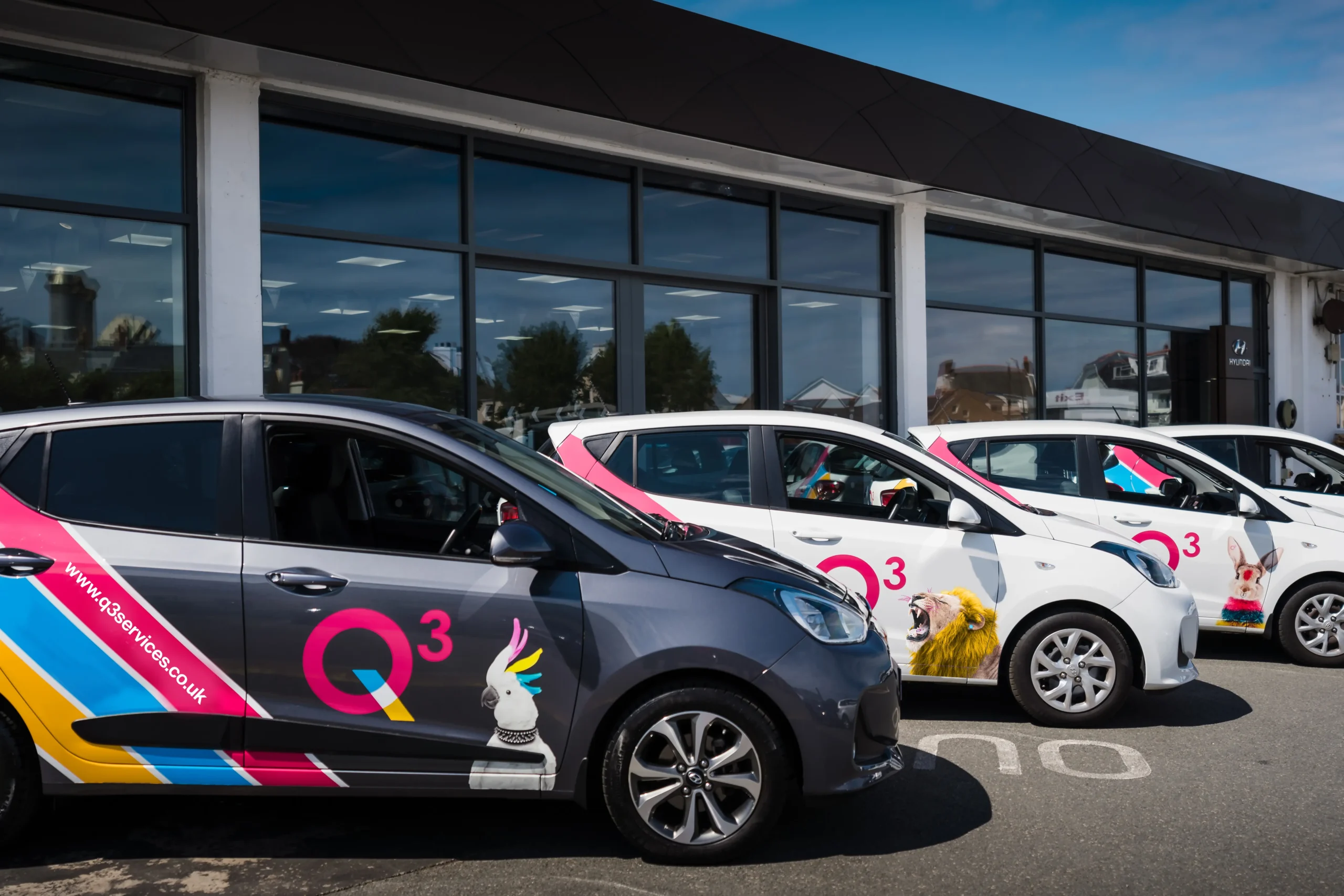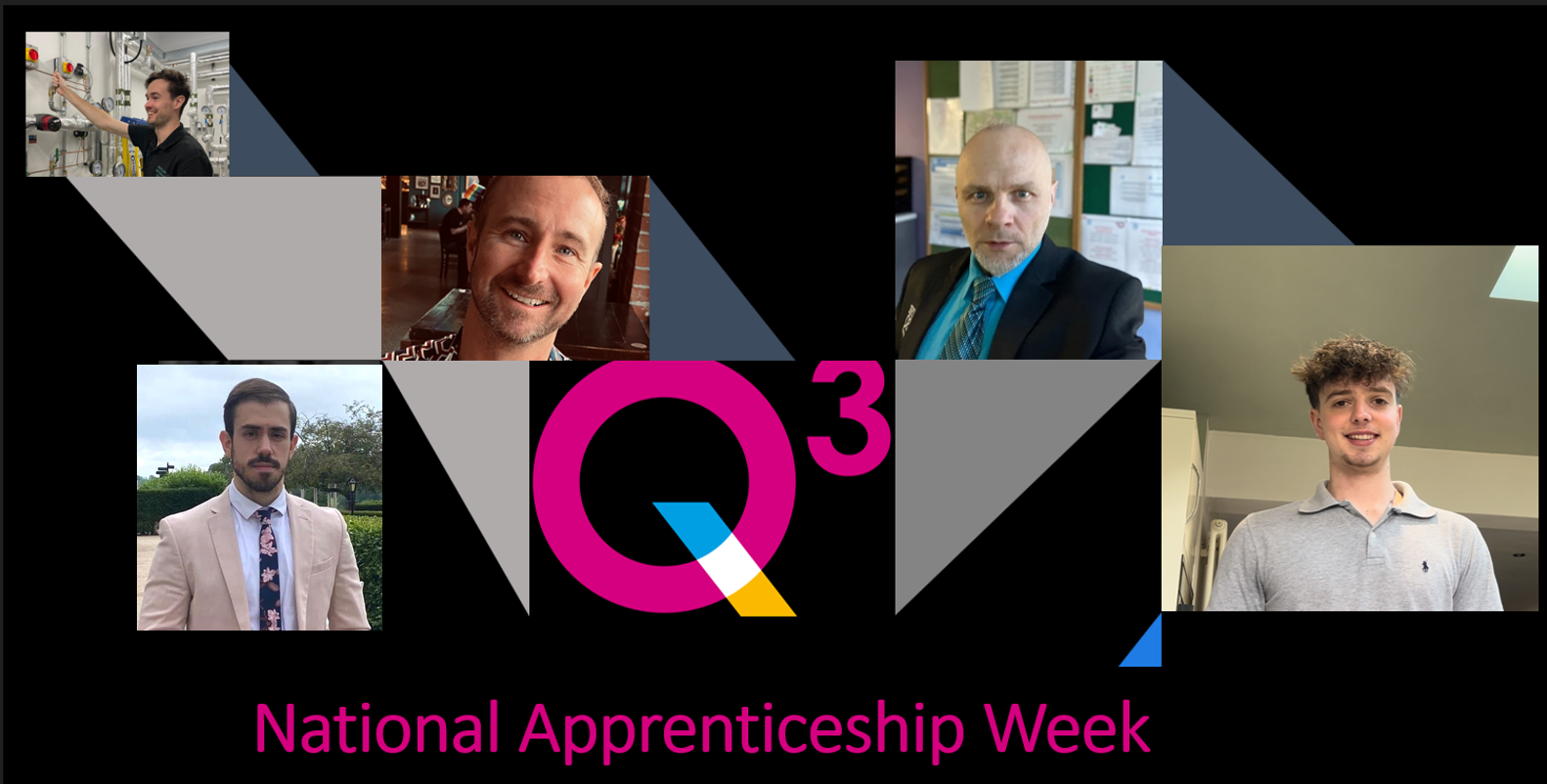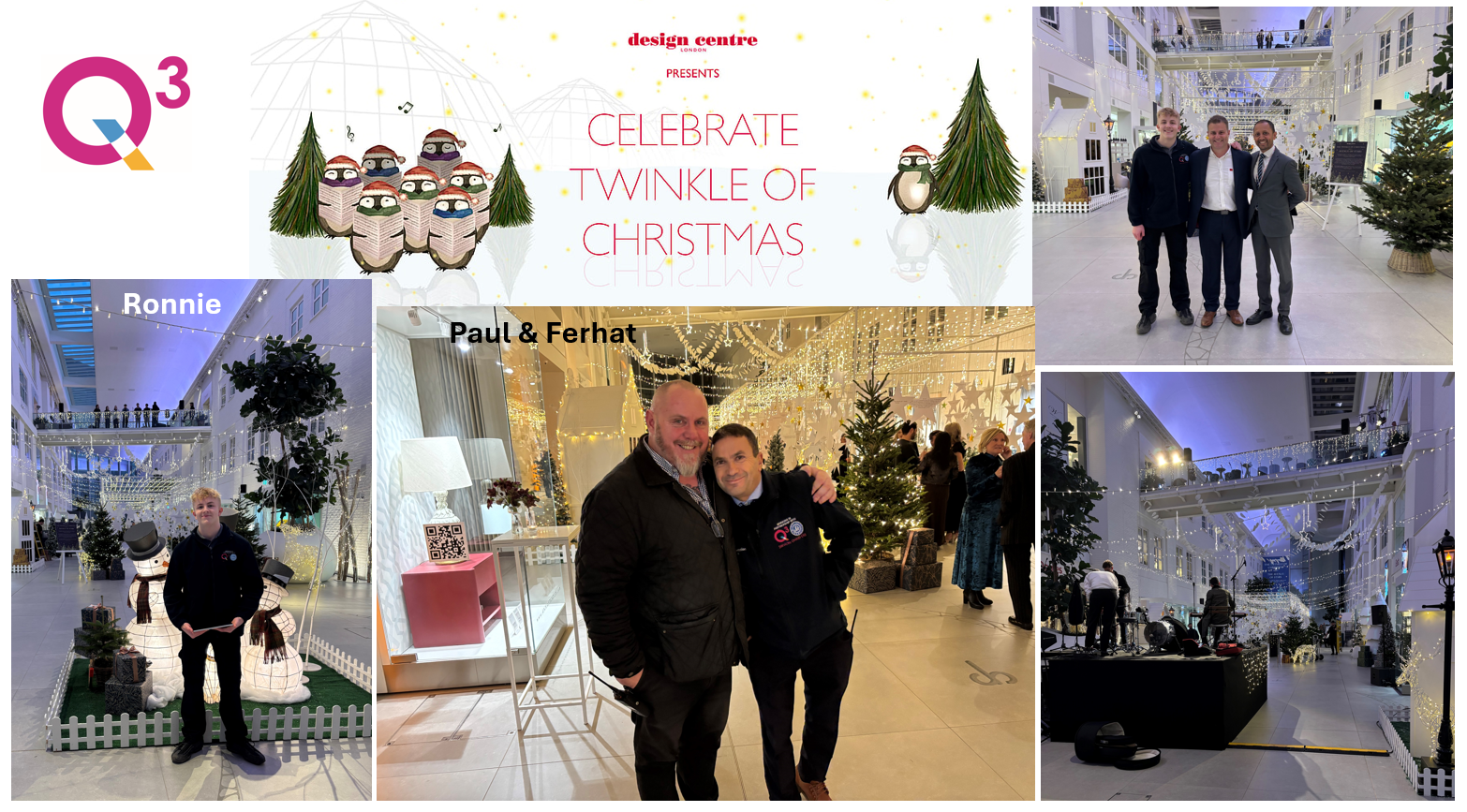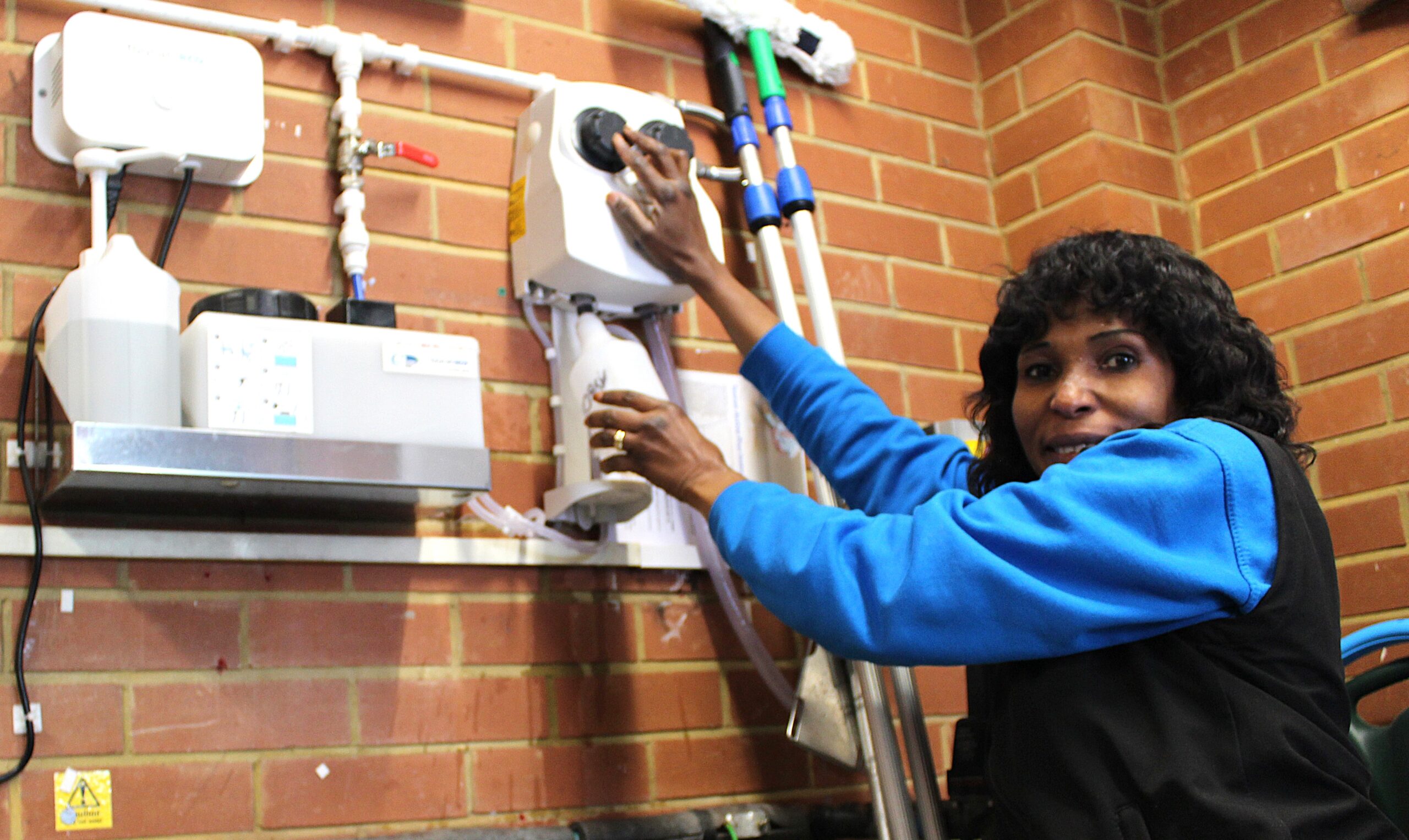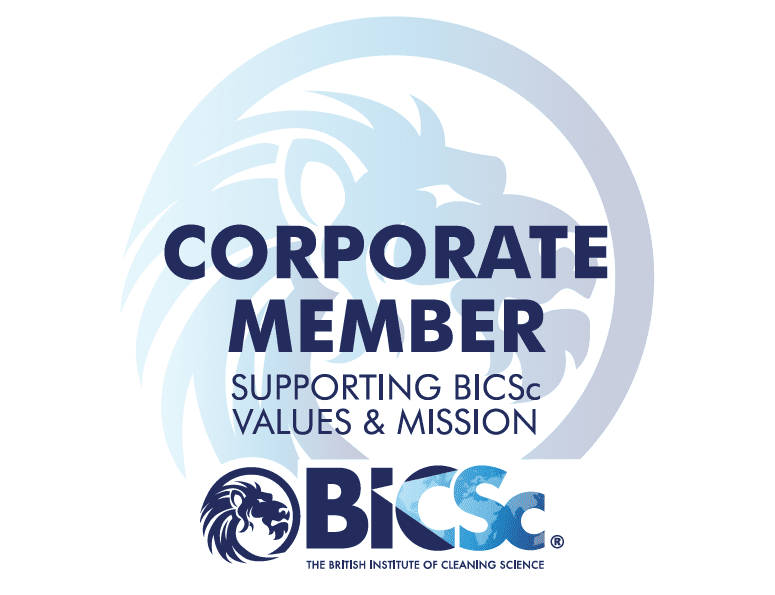News
4 Min Read
7 September 2021
Many large FM organisations are driven to reinvent themselves over time but not all succeed

A bit like David Bowie, many large FM organisations seem driven to reinvent themselves over time, but few have been as adept as the rock icon. Change and evolution worked for Bowie over a career of some 50 years because he was able to control it and enjoyed the freedom and flexibility to change direction if something experimental fell flat.
In FM, the drivers behind change are quite different and the ability to rectify mistakes are more costly and time consuming. For the big players, that drive comes from shareholder pressure, often forcing businesses to embark on high-risk strategies to deliver ever-improving results, enhanced margins and profit, and higher dividends. Unfortunately, that same pressure has also resulted in some truly catastrophic strategic mistakes. More than once, I have seen organisations pursue new opportunities with ambitious plans that looked great on paper but were ill-judged, poorly thought through and frequently, badly executed.
I’ve been there, I understand these pressures, and have witnessed first-hand these car-crash situations unfolding. It’s difficult to resist the pressure because there is always a dilemma for leaders. Should the company “stick to the knitting” play safe, do what they know, and do it really well, or pursue riskier strategies under the banner of progress, innovation and market leadership?
Too often, FM companies have opted for the latter. Occasionally they have flourished, but more often they have not. I don’t need to mention names here, because most of us involved in the FM industry are more than familiar with recent stories of diversification and ill-conceived acquisitions that have brought companies to their knees, and worse. One, relatively small, failing business venture can have a disproportional impact on the profitability and/or the reputational status of the main business. Also, the resultant crisis sucks the life out of the management team through the sheer number of time required to sort out the mess and stop it taking the whole ship down.
For this reason, I have always erred on the side of caution and the principle of a business sticking to its core activity and values. You’ve got to know what you do and do what you know.
If a company does venture into uncharted waters through an acquisition, its leaders really need to have a clear vision of how they are going to operate and manage a business in which they have little or no expertise. And yet, some make the leap when they are not even able to fully understand the value proposition and business model. That’s before you mention the differing management styles, work ethos, perception of levels of risk, attitudes to health and safety etc, all of which can easily confound the best laid plans.
There are so many challenges that need to be resolved in situations like this and companies often feel safer retaining the original senior management team to exploit a high level of retained knowledge and ensure continuity. The downside to this is that the new parent company may well lose the benefits of integration and having direct control of the business and its future direction.
So, what’s the alternative? There is, of course, also a danger in being too conservative and avoiding high risk strategies and this could result in a business stagnating and being overtaken. The responsibility for every company director is to keep the business evolving, developing and moving forward. In the same way as entertainment evolved from theatre to TV, to video, to picture disc and streaming on demand, you must anticipate change and be ahead of the wave, or perish like the Betamax.
For me, the decision regarding change, and evolution versus revolution boils down to adjacencies. Adjacencies are defined as “A company’s continual moves into related segments or businesses that utilise and, usually, reinforce the strength of the profitable core.” Accepting that the inclusion of the small word “usually” is very important in that definition of adjacencies, I really like the definition because it not only explains what adjacencies are, but also the benefits. And it reinforces my conviction of the importance of understanding adjacencies when assessing the risks and embarking on change in any business.
To illustrate the point, I’d ask you to reflect on the contrasting approaches of two billionaire entrepreneurs who have both recently sponsored successful projects to take people to the boundaries of space. Richard Branson has treated his venture as an extension of the business philosophy he applies to his airline business which is all about the customer experience. He positioned the Virgin Galactica project as a commercial-spaceflight company targeting an out-of-this-world experience for rich, space tourists. Consequently, he has built a vehicle more like a plane than a rocket. There is a realism about his thinking, and he has combined Virgin’s core technology, expertise and values to extend the customer experience from one eight miles high, to another, 55 miles above the earth. It’s a natural extension of the Virgin model.
Elon Musk on the other hand, has talked about the need for humans to become a spacefaring civilisation and a multi-planet species, to escape the inevitable apocalypse on earth and he dreams of building cities on Mars. He has created SpaceX as an aerospace manufacturer and commercial space transportation services and communications company – an altogether bolder and riskier ambition and miles away from his original core business as an electric car pioneer.
Here are two leaders realising their dreams but with very different motivations, strategies and execution. It will be interesting to see which will succeed and whether my theory around adjacencies will be proven right or wrong. Perhaps they both will!
 Channel Islands
Channel Islands


